
6 Must-Visit Spots for Experiencing Festivals in Japan
Japan’s festivals are vibrant expressions of culture, blending age-old traditions with community spirit. Each festival, from energetic dance celebrations to serene fire ceremonies, highlights unique aspects of Japanese heritage. Here are six must-visit spots for experiencing some of Japan’s most iconic festivals.
Contents
1. Gion Matsuri – Kyoto
Kyoto’s Gion Matsuri is one of Japan's most famous festivals, held every July to honor the Yasaka Shrine. Dating back over 1,000 years, this festival is known for its spectacular Yamaboko Junko parades on July 17 and 24, featuring floats known as "yamaboko." These floats, some as tall as 25 meters and weighing up to 12 tons, showcase intricate tapestries, wood carvings, and historic artifacts, with many pieces handed down through generations.
The vibrant Yoiyama nights leading up to each parade are a highlight, transforming the streets with lanterns, food stalls, and people dressed in traditional yukata. Many floats are open to the public, allowing visitors to experience their craftsmanship up close. Gion Matsuri offers an enchanting look into Kyoto’s heritage, with additional tea ceremonies and performances enhancing the experience.
2. Awa Odori – Tokushima
Awa Odori, Japan’s largest dance festival, lights up Tokushima each August with its lively atmosphere. Originating over 400 years ago, this festival features thousands of dancers, or "ren," who move in coordinated steps while chanting "Yattosa! Yattosa!" The dancers’ costumes range from colorful yukata to traditional straw hats, making for a visually captivating display. Dance troupes, each with their own unique routines, parade through the streets to the sound of shamisen, drums, and flutes.
Visitors are encouraged to join in the dance, making Awa Odori a welcoming and interactive experience. There are even designated areas for tourists to learn the basic moves. As the night progresses, the festive energy of Awa Odori becomes more exhilarating, and the streets of Tokushima truly come alive with music, dance, and laughter.
3. Nebuta Matsuri – Aomori
The Nebuta Matsuri in Aomori, held in early August, is renowned for its gigantic, illuminated floats called "nebuta." These floats, often depicting historical or mythical figures, are crafted from washi paper stretched over wire frames and are lit from within, creating a stunning glow at night. Accompanied by taiko drummers, flutists, and "haneto" dancers in vibrant costumes, these floats parade through the streets in a visually breathtaking spectacle.
The festival encourages participation, allowing visitors to dance alongside the floats as haneto dancers. The Nebuta Matsuri is a beautiful fusion of art and celebration, and the incredible craftsmanship of each float makes this festival one of Japan’s most visually captivating events.
4. Tenjin Matsuri – Osaka
Held on July 24 and 25, Osaka’s Tenjin Matsuri celebrates the spirit of the deity Sugawara no Michizane, the god of learning. This two-day festival begins with a grand parade where participants don traditional Heian-period costumes, perform dances, and carry portable shrines. The procession winds through Osaka’s streets before reaching the Okawa River, where the festivities continue with an illuminated boat parade.
The river parade is a stunning sight, with over 100 boats decorated with lanterns and carrying portable shrines and musicians. The festival culminates in a synchronized fireworks display, creating a spectacular scene as the fireworks reflect off the water and illuminate the night sky. Food stalls line the river, serving local delicacies like takoyaki, making Tenjin Matsuri a memorable summer celebration with a perfect blend of tradition, spectacle, and Osaka’s warm hospitality.
5. Sapporo Snow Festival – Hokkaido
Each February, Hokkaido’s capital city Sapporo hosts the Sapporo Snow Festival, one of Japan’s most popular winter events. Started in the 1950s, this festival now features hundreds of massive snow and ice sculptures, some towering over 15 meters. These sculptures, crafted by artists from around the world, depict famous landmarks, anime characters, and traditional Japanese themes, transforming Sapporo into a magical winter wonderland.
Odori Park serves as the main site, with large sculptures illuminated at night. The Susukino site showcases intricate ice sculptures, while the family-friendly Tsudome site offers snow slides, snow rafting, and indoor activities to keep visitors warm. Sapporo Snow Festival is also a great opportunity to savor Hokkaido’s cuisine, with vendors serving specialties like seafood, dairy products, and warm bowls of miso ramen. This festival is a must-visit for anyone wanting to experience Japan’s winter culture in an awe-inspiring setting.
6. Omizutori – Nara
Omizutori, held each March at Todaiji Temple in Nara, is Japan’s oldest annual festival, dating back over 1,250 years. As part of a Buddhist ceremony called Shunie, Omizutori is meant to cleanse participants of their sins and bring good fortune. The highlight is the fire ceremony, where monks carry massive, burning torches along the temple’s balcony, showering sparks down onto the crowd below. It is believed that the embers bring blessings and protection to those they touch.
The most anticipated night is March 12, when the largest torches are used, creating a spectacular and awe-inspiring display. The ancient, spiritual atmosphere of Nigatsudo Hall and the sight of flames lighting up the night sky make Omizutori a profoundly moving experience. Nara’s peaceful, historic setting adds to the festival’s ambiance, offering a serene glimpse into Japan’s deep-rooted Buddhist traditions.
These festivals showcase Japan’s rich cultural heritage, from Kyoto’s elegant Gion Matsuri floats to the lively dances of Awa Odori. Each festival provides a unique perspective on Japanese traditions, inviting visitors to experience the heart and spirit of Japan through its festivals.
Share
You may also like
-

Visiting Japan’s Love Hotel Districts: What to Expect
Japan’s love hotel districts are famous for their unique and fascinating blend of privacy, creativity, and a touch of...
-

Top 10 Late-Night Dining Spots in Tokyo’s 24-Hour Cafes
Tokyo’s vibrant nightlife extends well beyond bars and nightclubs, with a thriving late-night dining culture tha...
-
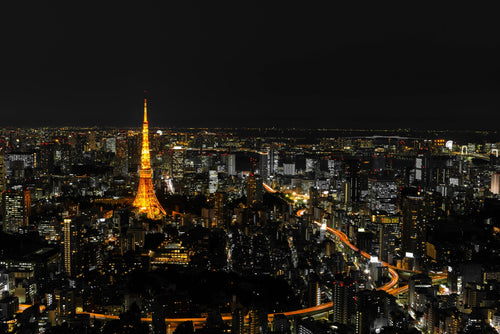
Best Night Tours in Tokyo for After-Dark Adventures
Tokyo’s nightlife is renowned for its energy, vibrancy, and unique blend of traditional and modern experiences. From ...
-
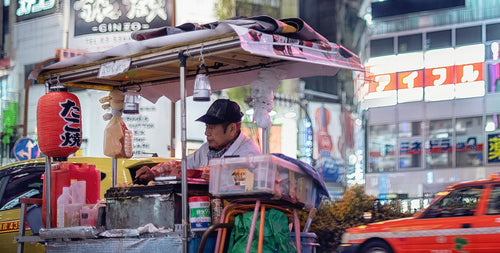
Japan’s Late-Night Food Culture: 8 Best Street Eats
Japan’s late-night food culture is a vibrant experience, especially in bustling cities like Tokyo and Osaka, where de...
-
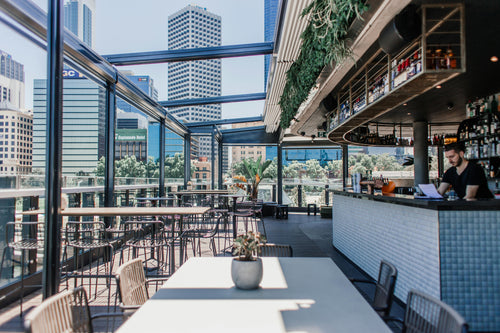
7 Rooftop Bars in Tokyo for Stunning Views
Tokyo’s rooftop bars offer some of the best ways to soak in the city’s skyline while enjoying drinks, atmosphere, and...
-
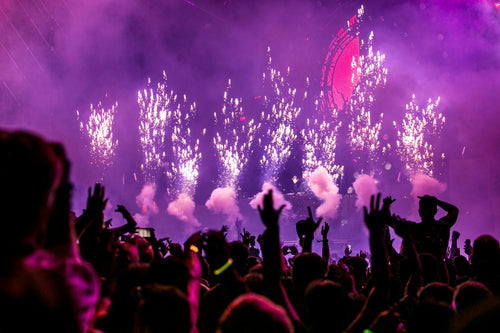
10 Best Nightclubs in Tokyo for Dancing and Music Lovers
Tokyo's nightlife is renowned for its variety and energy, with nightclubs that range from high-energy dance floors to...
-
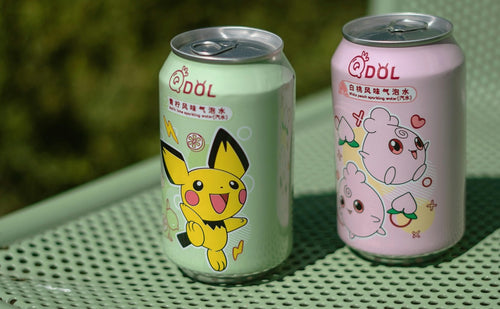
8 Themed Bars and Cafes You Need to Visit in Tokyo
Tokyo is famous for its creative and quirky themed bars and cafes, offering immersive experiences for locals and...
-

Tokyo Nightlife Guide: Shinjuku, Shibuya, and Roppongi Highlights
Tokyo’s nightlife is legendary, offering a mix of vibrant energy, entertainment, and unique experiences in some of it...
-
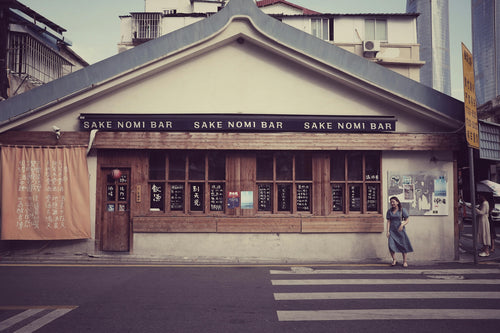
7 Best Japanese Sake Bars in Tokyo
Tokyo is home to some of Japan’s best sake bars, offering both locals and visitors an opportunity to explore the...
-
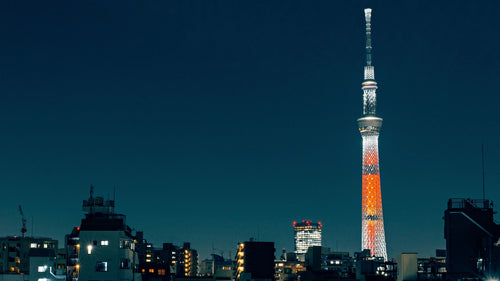
Top 6 Observation Decks in Tokyo for Scenic Views
Tokyo’s observation decks offer some of the best panoramic views of the city, giving visitors a chance to see th...
-
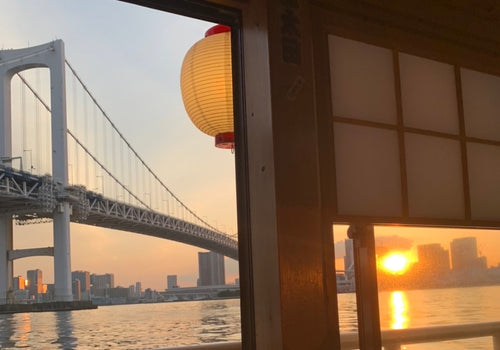
Night Cruises in Tokyo: Enjoy the City Views
Tokyo’s skyline is mesmerizing at any time, but experiencing it from the water on a night cruise adds a magical ...
-
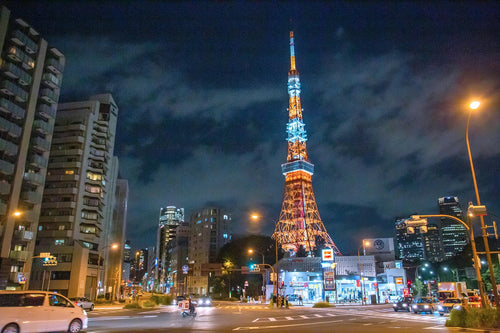
Roppongi Art and Nightlife Guide
Roppongi is one of Tokyo’s most vibrant districts, known for its lively nightlife, sophisticated art scene, and ...
-
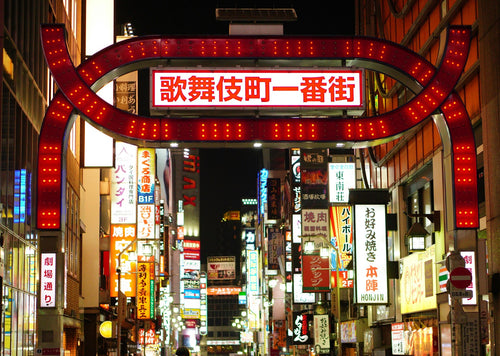
Nightlife Guide to Shinjuku Kabukicho
Shinjuku’s Kabukicho district, known as Tokyo’s “Sleepless Town,” is the center of nightlife in Tokyo. Renowned ...
-

6 Best Night View Spots in Tokyo
Tokyo at night is a breathtaking spectacle, with illuminated skyscrapers, iconic landmarks, and bustling streets that...
-
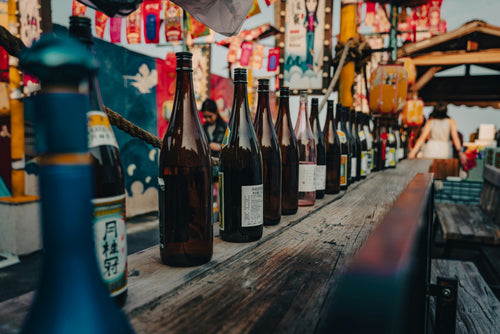
Top 12 Sake Breweries in Japan for Tasting and Tours
Japan’s sake culture is celebrated around the world for its depth, complexity, and rich history. Sake, or nihons...
-
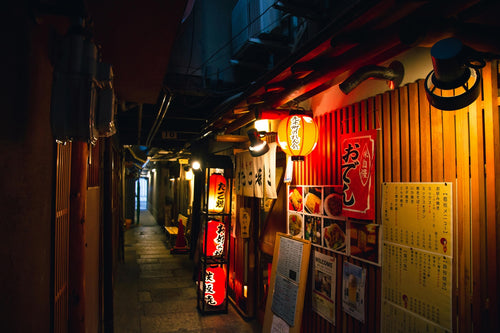
How to Enjoy a Night at a Japanese Izakaya
Japanese izakayas are casual, lively spots where locals gather after work to enjoy drinks, share small plates, a...
-

Exploring Karaoke Culture in Japan: 8 Best Places to Sing
Karaoke is an integral part of Japanese culture, offering a fun and entertaining way for friends, family, and even co...
-
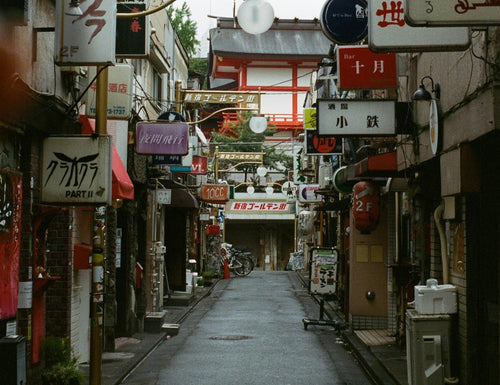
5 recommended bars in Golden Gai
Golden Gai, nestled in the heart of Tokyo’s Shinjuku district, is one of the city’s most iconic bar districts. Known ...
-
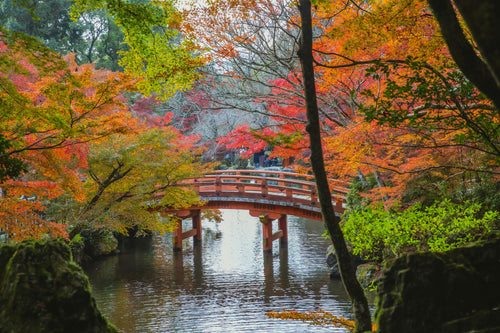
10 Japanese Gardens You Should Visit for Tranquility
Japanese gardens are renowned for their beauty, tranquility, and intricate designs that reflect harmony with nature. ...
-
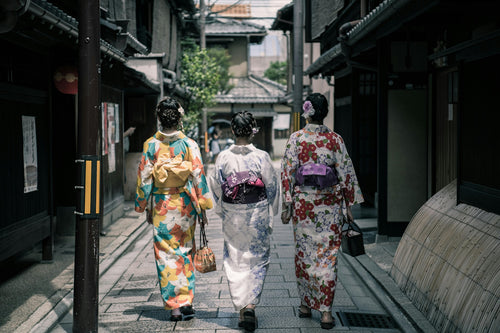
Japan’s Kimono Heritage: Symbolism, Style, and Where to See
The kimono, Japan’s traditional garment, is a beautiful and symbolic representation of Japanese culture. From its int...
-
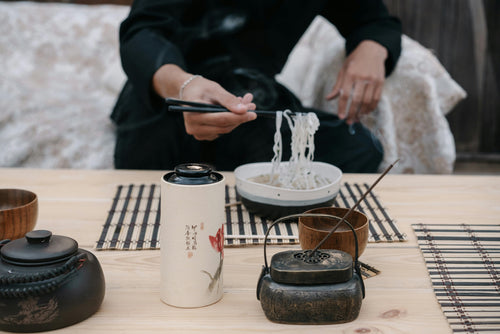
Etiquette Essentials for Visitors to Japan
Japan’s culture is rich in respect, politeness, and consideration, making etiquette an essential part of daily l...
-
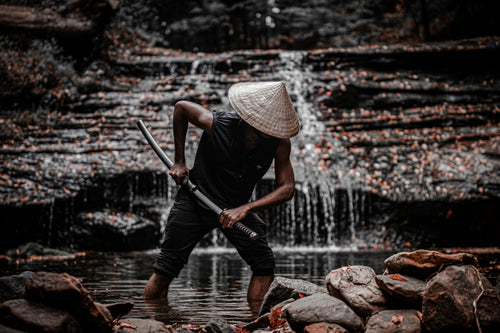
7 Best Places to Discover Japan’s Samurai History
Japan’s samurai history is one of honor, skill, and deep cultural influence, stretching back centuries and leaving an...
-
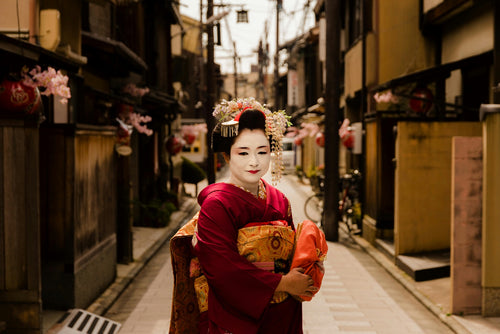
Geisha Culture in Japan: Myths and Realities
The world of geisha, Japan’s skilled performers and keepers of traditional arts, has long intrigued people around th...
-
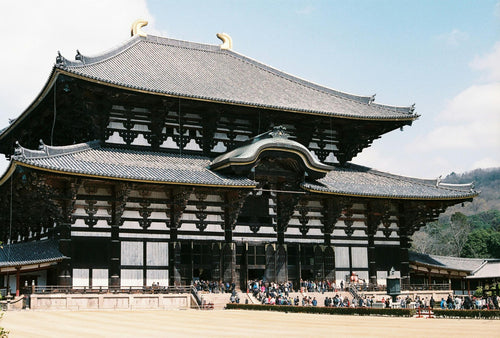
Japan’s Unique Architecture: Top 8 Traditional and Modern Landmarks
Japan is renowned for its unique blend of ancient architectural heritage and cutting-edge modern designs. From c...
-
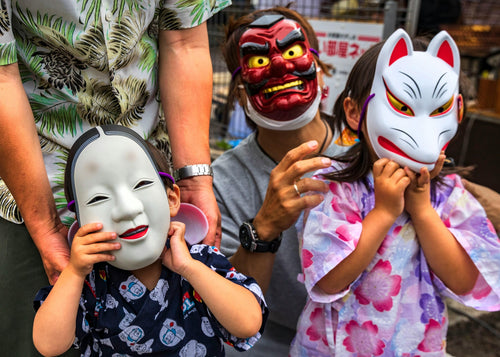
10 Traditional Japanese Festivals (Matsuri) You Can’t Miss
Japanese festivals, or *matsuri*, are vibrant celebrations of cultural heritage, featuring elaborate costumes, l...
-
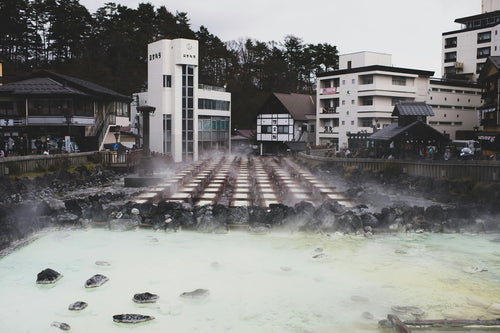
Japan’s Three Great Onsen: A Guide to Famous Hot Springs
Japan is famous for its natural hot springs, or *onsen* (温泉), offering visitors a unique opportunity to relax and rej...
-
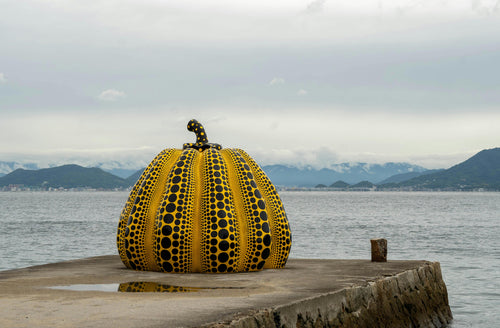
Japanese Art Exploration: Best Spots to Enjoy Art in Japan
Japan is a country rich in artistic heritage, from centuries-old traditional crafts to modern, innovative instal...
-

Guide to Japan’s Fireworks Festivals: When and Where to Go
Japan’s summer fireworks festivals, known as "hanabi taikai" (花火大会), are among the most anticipated events in th...
-
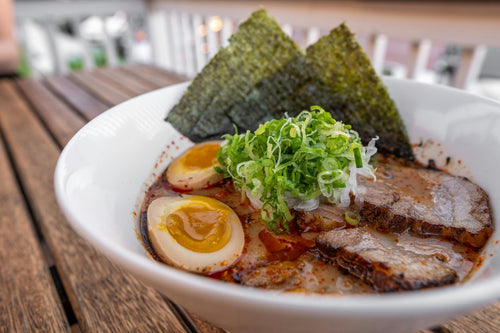
Where to Experience Ramen-Making Classes in Japan
Ramen is one of Japan’s most beloved dishes, with countless regional styles and flavors that attract food lovers from...
-
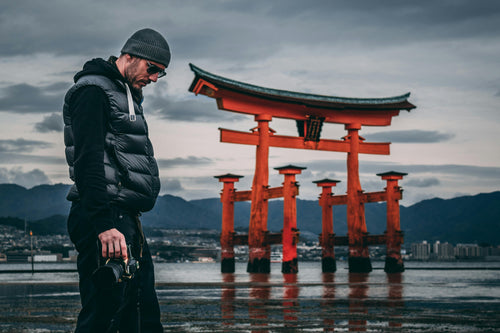
Power Spot Tours: Japan’s Famous Temples and Shrines
Japan is a land steeped in spiritual history, and visiting its temples and shrines provides not only a glimpse i...
-
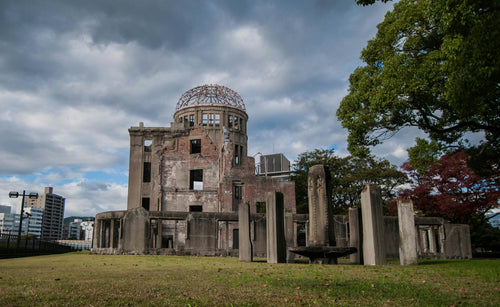
UNESCO World Heritage Site Tour Guide in Japan
Japan is home to numerous UNESCO World Heritage Sites, each offering a glimpse into the country’s rich cultural herit...
-
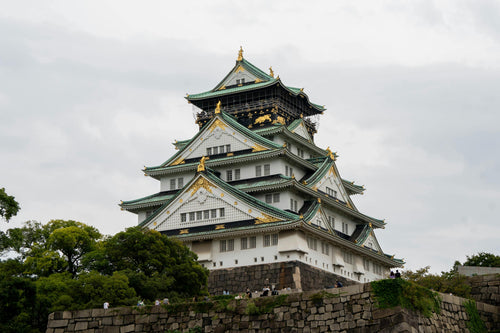
5 Famous Japanese Castles: History and Highlights
Japan is home to some of the most beautiful and historically significant castles in the world. Built during the feuda...
-
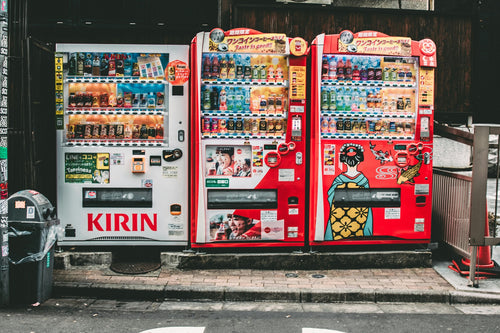
10 Unique Drinks to Try from Japanese Vending Machines
Japan is famous for its vending machines, offering an incredible variety of drinks that go beyond just soft drinks an...
-
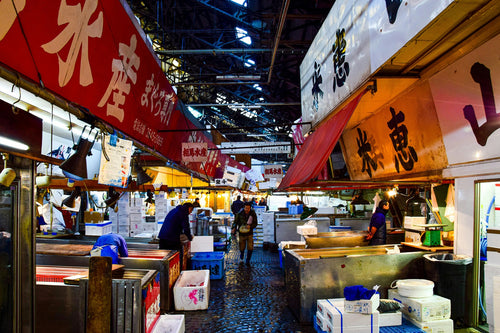
Tokyo Market Guide: Exploring Tsukiji and Toyosu Markets
Tokyo's Tsukiji and Toyosu Markets are must-visit spots for food lovers and anyone interested in Japan’s rich culinar...
-
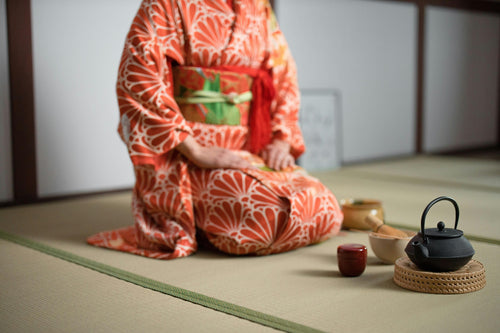
Experiencing Traditional Tea Ceremony in Tokyo
The Japanese tea ceremony, or "chanoyu," is a cultural experience steeped in tradition, aesthetics, and mindfulness....
-
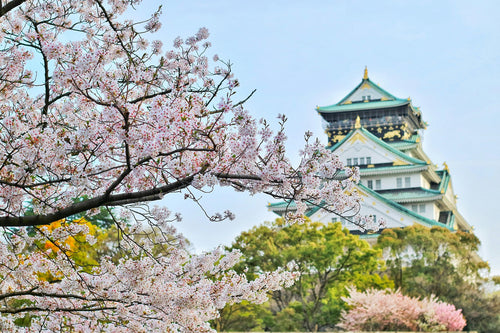
Top 7 Cherry Blossom Viewing Locations in Tokyo
Springtime in Tokyo is synonymous with the cherry blossom season, a breathtaking period when the city’s parks, rivers...
-
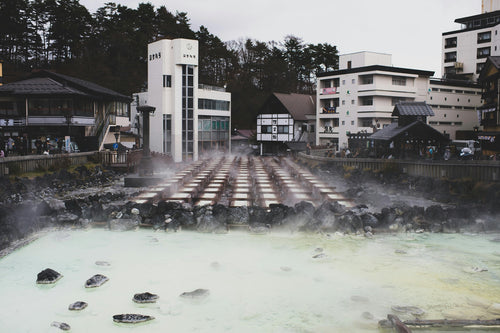
What is Onsen? A Guide to History, Benefits, and Etiquette
Onsen, Japan’s cherished hot spring culture, offers a unique blend of relaxation, scenic beauty, and deep-rooted trad...
-
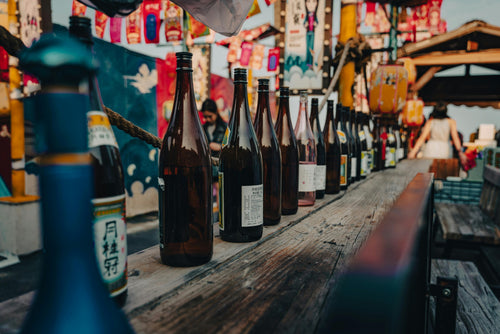
What is Sake? Its Production Method and History
Sake is a traditional Japanese alcoholic beverage made from fermented rice. It has been enjoyed in Japan for over a t...
-
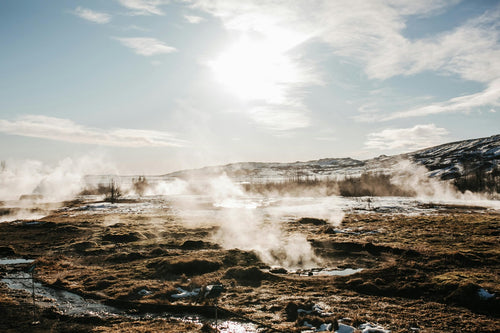
8 hot springs with beautiful scenery near Tokyo
Tokyo is a bustling metropolis, but just outside the city are some of Japan's most serene hot springs, or onsens, off...
-

Top 10 museum to visit in Tokyo
Tokyo is home to a diverse range of museums that cater to all interests, from art and history to technology and pop c...
-
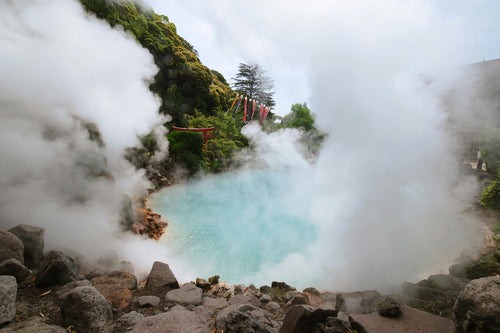
9 Best Hot Spring and Bathhouse in Tokyo
Tokyo is known for its vibrant urban energy, but it's also a fantastic place to relax and rejuvenate in hot springs (...
-
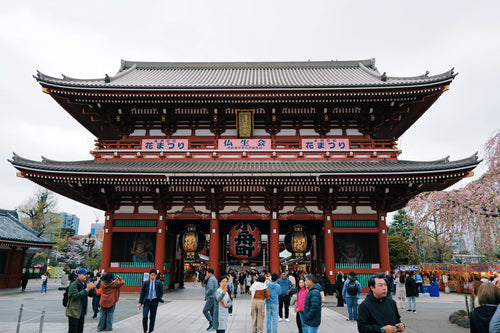
15 Famous Temples and Shrines to Visit near Tokyo
Tokyo and its surrounding areas are home to many famous temples and shrines that showcase Japan's rich spiritual and ...










































